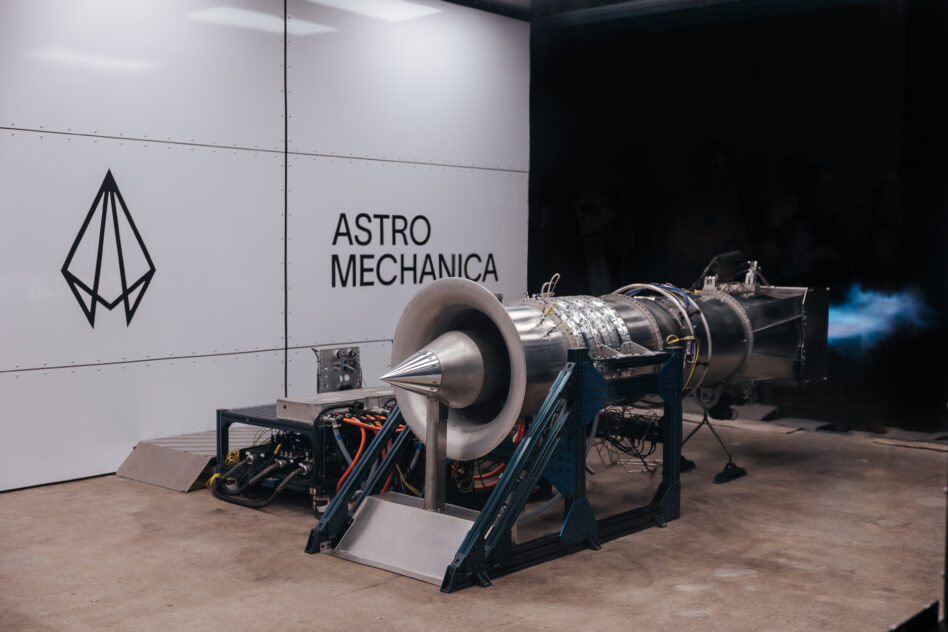Looks like Astro Mechanica is really speeding things up. This morning, the supersonic engine and aircraft manufacturing company announced that it has raised $27.1M in funding, co-led by a16z, Lowercarbon, and Giant Step, with significant participation from Alumni and Voyager.
Astro Mechanica CEO Ian Brooke told Tectonic in an exclusive interview that the funding will be used to build out the company’s software team, further develop and test its efficient supersonic jet engine, and stand up a team to start building air frames.
“We really want to get to the world’s first supersonic trans-Pacific demonstrator flight in the range of two to three years,” he said. Within ten years, they’re aiming for supersonic commercial flight at a price point similar to traditional air travel.
Need for speed: The folks over at Astro Mechanica have built a nifty propulsion system they call a turboelectric adaptive engine, which is more efficient than traditional jet engines.
“The way that high-speed engines work and the way that low-speed engines work are fairly different. Low-speed engines are more efficient. And high-speed engines can go faster. And so what you want is an engine that can do both of these things,” Brooke said.
To do this, they’ve split the engine structure into two main components:
- The turbogenerator: A compact gas turbine that drives a generator to produce electricity.
- The propulsor: This electric power is then used to drive the fan and compressor independently using super-powerful electric motors.
By decoupling the airflow components from the turbine, the engine can adjust compressor speeds to match different flight conditions—maintaining efficiency from low-speed taxi to high-Mach cruise.
“In a typical engine, it’s all happening in one place at one time, and that’s why you can’t really vary [exhaust velocity] much. For us, we turn it into two separate things and now we have all this flexibility in how we can vary it,” Brooke said.
And for everyone whose eyes just glazed over, here is the important part: This all means that aircraft will have to burn way, way less fuel to ramp up to supersonic speeds.
Flying high: Brooke said that tests show their engine could fly an unmanned aircraft about the size of Anduril’s Fury (or any of the CCA aircraft) across the Pacific non-stop at Mach 2–3 speeds. Currently, that’s impossible.
- The engine itself will cost in the “low single-digit millions for a Mach-plus capable engine,” according to Brooke.
- An aircraft using the engine could cost anywhere from $15-50M, he said, depending on capabilities.
- The company is aiming for a trans-Pacific demonstration flight within three years.
While the goal is to build their own aircraft, Brooke said the company is also planning to sell propulsion systems to other defense manufacturers in the meantime. Not only can the team make aircraft go, like, super-fast, but because of the engine’s structure, it can also provide a ton of electricity. That could power things like EW and ISR.
Prove it: This funding will allow Astro Mechanica to chase significant government contracts and “prove that this is not just vaporware, or…that we’re not just an R&D shop,” Brooke said. So far, the company says it’s in conversation with orgs including:
- Air Force Research Laboratory
- INDOPACOM
- Air Force Rapid Capabilities Office

